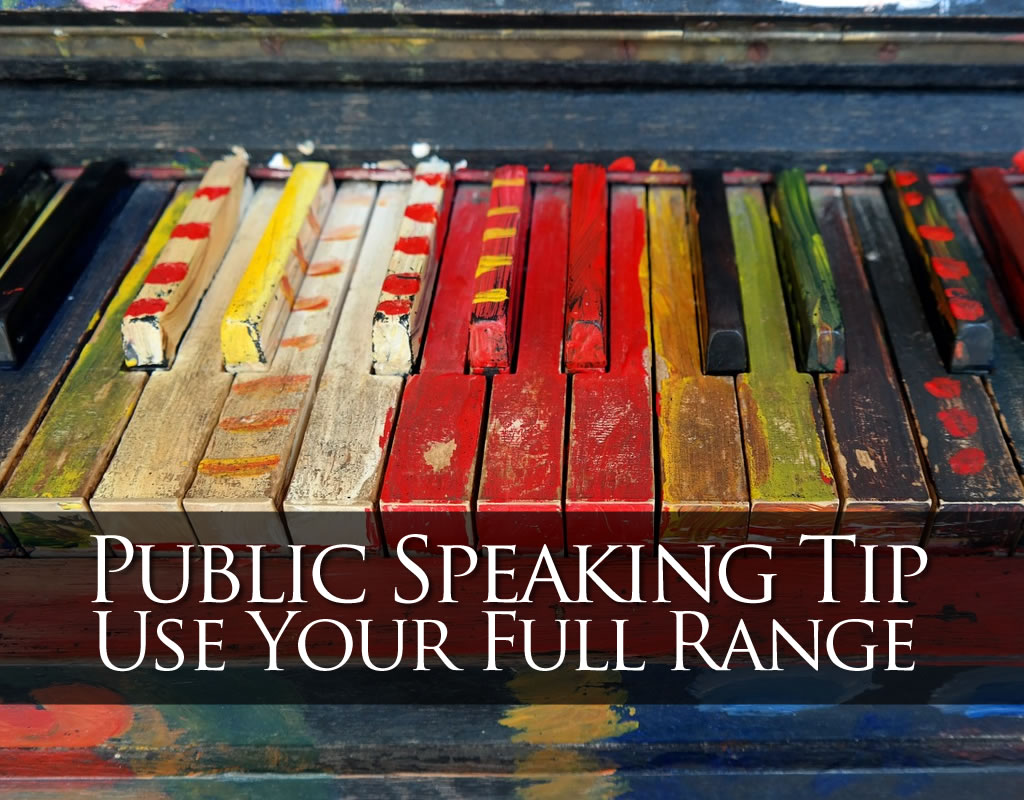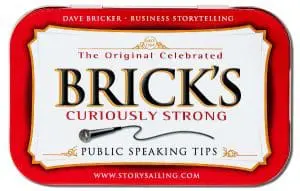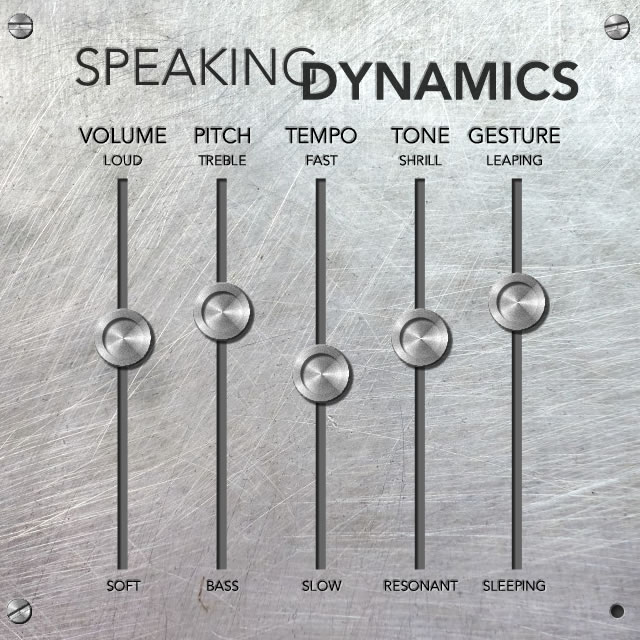Public Speaking Tip: Use Your Full Speaking Range

Speaking range is as important to a presentation as musical range is to performance. Actors refer to the combination of body and voice as an “instrument.” A piano has an eight-octave range of pitch, and the piano was originally named “pianoforte”—Italian for “loud-soft”—due to the power it gave musicians to change the volume—the dynamics—by pressing the keys harder or softer. Keyboard instruments that preceded it—like the harpsichord—plucked the strings at a consistent volume regardless of how much pressure was applied. The way you use your speaking range determines whether you are a harpsichord or a pianoforte.
 Some amateur speakers are monotone, but many experienced speakers are monodynamic; they fail to use their range—from loud to soft, from whispering to shouting, from mild to wild. As speakers gain confidence, they learn to project and look at the audience. They open up and employ their emphatic “radio announcer” voice. Mature speakers use their full range of vocal and bodily expression. Dynamic shifts build tension, engage through surprise, and create a sense of rising emphasis or failing strength.
Some amateur speakers are monotone, but many experienced speakers are monodynamic; they fail to use their range—from loud to soft, from whispering to shouting, from mild to wild. As speakers gain confidence, they learn to project and look at the audience. They open up and employ their emphatic “radio announcer” voice. Mature speakers use their full range of vocal and bodily expression. Dynamic shifts build tension, engage through surprise, and create a sense of rising emphasis or failing strength.
Consider the following speech excerpt (Spoken lines are in black. Stage directions are underlined in gray text):
Knock three times (clap hands or rap on the microphone or lectern to emulate a knock)
A knock on the door…!
And I’m alone…
Who could it be at this hour?
Put your finger to your lips. Stay silent.
Knock again
Count to three before responding tentatively
Hello…
Three more knocks – louder and faster
Speak with a higher pitch
Hello … Who is it?
Three more knocks – louder and faster
Speak with an even higher pitch
Uh … there’s nobody here
Three more knocks – louder and faster
Speak with an even higher pitch
Hands on heart
I’m busy … could you come back tomorrow?
Pauses, pitch, and gestures grow the tension in this simple, comic narrative. Though the speaking part is timid and soft, the knocking grows steadily louder. The voice gets higher with each response, indicating growing fear. Something is about to happen and the audience will lean forward in their seats to find out what it is. Speaking range—not speechwriting—is the secret to engagement here.

When you craft your next presentation, look for opportunities to shift the dynamics. Whisper. Shout. Speak softly. Grow emphatic. Combine authoritative bass with trepidatious treble. Use your full speaking range to transform your audience.
Watch NSA Hall of Fame speaker, Jason Hewlett leverage the power of his incredible range in this short video. Aside from a great message, he moves from loud to soft, from fast to slow, from screaming to dreaming, from mild to wild. The performance “landscape” is constantly changing. The audience’s attention never drifts.


